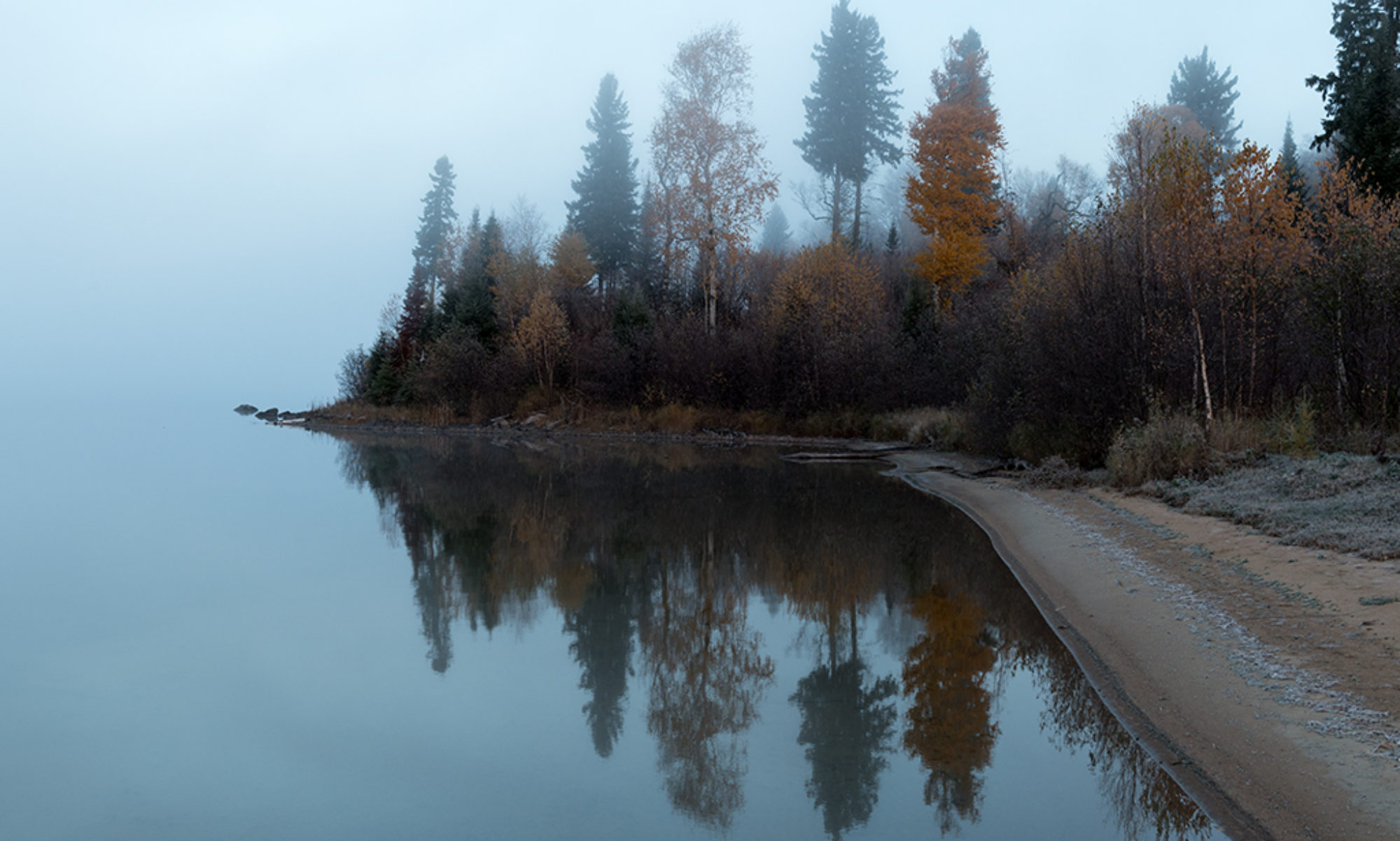Phase 3: retirement years (our retirement, not the kids)
Now, we are retired and looking to spend more time at the cabin. This means we would like to build a pole barn and a new cabin. We now need to have access right to the cabin by truck. No way were we moving enough building supplies by ATV and trailer or by boat.
Following some lengthy research and looking into the process for improving our access trail we contacted the Ministry of Natural Resources for our jurisdiction and they were able to help us out.
We needed to have a work permit to improve the road and to install a culvert where the treacherous water crossing was. We received the work permit in early summer of 2018.
So the work began:
We purchased the appropriate size culvert and moved it from our home location to as close as we could get to the water crossing by truck and trailer.

Some site preparation was needed at the water crossing before moving the culvert into place. Some large beams we were previously trying to get out to the cabin needed to be moved. Moving the beams was not a simple job. Adventures and challenges abound but those stories are for another time.

The summer of 2018 was an exceptionally dry year so we were able to do all the work on the creek crossing with no water running in the creek! A large amount of debris, old logs/timbers and stones needed to be removed from the old crossing.

A trench wide enough and long enough for the culvert to fit in needed to be dug. The grade of the trench was important to ensure the water would flow the right direction once we were done and it started raining again.

We moved the culvert to site with a Kubota tractor pulling a small trailer with the culvert tied on top.

Moving the culvert from the small trailer into the trench was challenging to say the least. Some ingenuity and brute strength was needed.

There was a near miss from a serious injury when the culvert went sliding down the trailer narrowly missing Dan. But it was eventually in place.

Painted stakes were placed at either end of the culvert to ensure correct placement of the culvert as the back filling is done.

Then the work of back filling began.

Gravel was screened and separated. The larger stones were screened off and placed on the sides of the road as cobble protecting the road and preventing erosion. The smaller gravel was used to build up the center section.

Once most of the gravel was in place a packer was used to firm it up. The packer is very old so several small mechanical issues cropped up during the process. Small amounts of gravel were added as needed to level the road bed.

Eventually the culvert is completed and we now have vehicle access right to the cabin.


Now that we have road access to the cabin, what adventure is next?
